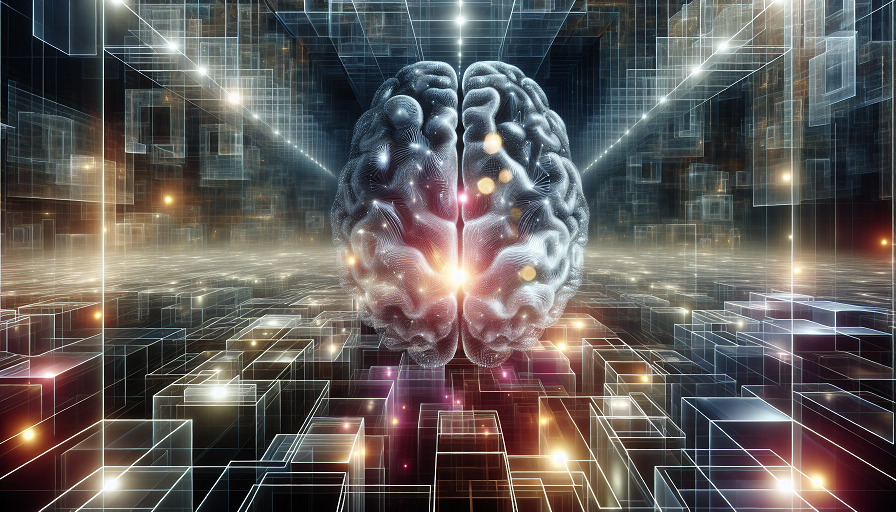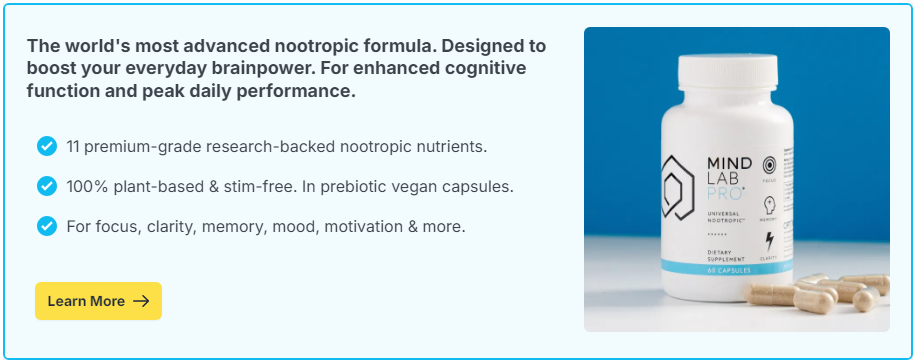
You stare out the window. The kettle hums in the background. You’re not working, scrolling, or even thinking about anything in particular. It seems like a moment of nothingness—a pause, a blank slate. But inside your brain? There’s a quiet storm of activity.
Scientists call it the Default Mode Network (DMN), and it flips on when you’re not focused on a specific task. Despite its name, this network isn’t about zoning out—it’s about tuning in. From daydreaming to deep reflection, the DMN handles some of your brain’s most human and high-level processes. And understanding it might be the key to unlocking better memory, creativity, emotional insight, and yes—even productivity.
Contents
What Is the Default Mode Network?
The Brain’s Background Processor
The Default Mode Network is a collection of interconnected brain regions that activate when you’re at rest—not asleep, but not engaged in a goal-oriented activity. Think of it as your brain’s default setting when it’s left to its own devices.
The DMN includes several key regions:
- Medial prefrontal cortex (mPFC): Involved in self-referential thought and decision-making
- Posterior cingulate cortex (PCC): Linked to memory retrieval and consciousness
- Angular gyrus: Supports spatial awareness and language
- Hippocampus: Essential for memory consolidation and imagination
These regions don’t power down when you rest—they switch gears. Your brain stops tracking external stimuli and starts focusing inward, turning reflection into action.
Discovered by Accident
The DMN was first identified in the early 2000s when neuroscientists noticed something strange: certain brain areas lit up more when participants weren’t doing anything in particular. Rather than idle, the brain entered a different type of active state—one that’s harder to see, but just as important.
What the DMN Is Actually Doing
Memory and Meaning-Making
When you’re “off-task,” the DMN sifts through your memories. It replays, reorganizes, and finds connections between past experiences. This is how your brain builds a sense of narrative. You’re not just remembering—you’re extracting meaning. That’s why daydreams so often drift into flashbacks, what-ifs, and imagined scenarios.
Simulating the Future
Planning and prediction happen here, too. The DMN pulls from the past to create mental simulations of the future. It’s why you can imagine yourself giving a speech, taking a trip, or finally having that difficult conversation—before any of it happens. This mental time travel is your brain’s rehearsal studio, preparing you emotionally and cognitively for what’s ahead.
Self-Awareness and Identity
The DMN is closely tied to the experience of “you.” It helps maintain a consistent sense of identity by reflecting on your values, beliefs, and emotions. When you contemplate who you are, why you did something, or what matters to you, that’s the DMN at work. It’s introspection, metacognition, and personal insight rolled into one sophisticated network.
Creativity and Problem-Solving
Ever have a great idea in the shower? That’s your DMN doing its thing. By letting go of external focus, your brain makes room for spontaneous connections. Artists, inventors, and thinkers throughout history have spoken about “eureka moments” arriving in periods of rest or wandering thought. The DMN is a creative catalyst, especially when supported by a healthy cognitive environment.
Why We Undervalue Mental Rest
The Myth of Constant Productivity
Modern culture rewards hustle and hustle alone. We equate idleness with laziness, and stillness with slacking off. But neuroscience tells a different story. By ignoring the DMN—or trying to suppress it—we rob ourselves of deep insight, emotional processing, and long-term planning capacity.
The DMN vs. Attention Network
Your brain runs on two major modes: the Default Mode Network (inward focus) and the Task-Positive Network (outward focus). These networks are antagonistic—when one is active, the other quiets down. Multitasking forces them to compete, which can lead to mental fatigue and reduced clarity. The best thinking often comes from toggling between the two, not trying to run them simultaneously.
The Cost of Distraction
Smartphones, email, and social media hijack our attention. Even our downtime is filled with scrolling, swiping, and reacting. These interruptions keep us in a low-grade Task-Positive state, preventing the DMN from ever fully activating. As a result, we lose access to deeper thoughts, unresolved feelings, and creative insight. The mind never gets a chance to “wander well.”
Supporting the Default Mode Network
Intentional Idleness
Let yourself be bored. Sit quietly. Go for a walk without a podcast. These simple acts create the mental whitespace needed for the DMN to fire up. You don’t need a silent retreat—just five to ten minutes of undistracted rest can jumpstart the process.
Daydreaming With Purpose
Structured daydreaming—what psychologists call “deliberate mind-wandering”—can be powerful. Instead of resisting your drifting thoughts, lean in. Let your mind wander around a specific theme: a project, a goal, a personal challenge. This leverages the DMN to generate new ideas and emotional clarity.
Mindful Transitions
Give yourself mental buffers between tasks. Instead of switching from spreadsheet to slideshow to Slack, pause for a beat. Let the mind reset. These micro-breaks allow the DMN to gently activate, helping you process the previous task and prepare for the next.
How Nootropics Can Support DMN Function
Balancing Internal and External Focus
Nootropics aren’t just for getting “in the zone.” They can also support the cognitive flexibility needed to move between deep focus and deep reflection. A healthy DMN requires a brain that’s calm, well-nourished, and resistant to cognitive fatigue.
Best Nootropics for DMN Support
- L-Theanine: Promotes relaxed alertness, helping you enter states of introspective calm without sedation.
- Bacopa Monnieri: Enhances memory consolidation and cognitive fluidity—important for mental time travel and reflection.
- Citicoline: Supports neuroplasticity, enabling better connectivity between DMN hubs and other brain regions.
- Lion’s Mane Mushroom: Stimulates nerve growth factor (NGF), which may improve long-term cognitive health and introspective capacity.
Our recommended nootropic stacks—offered through trusted affiliate partnerships—combine these ingredients to promote a healthy, dynamic brain capable of both intense focus and profound reflection.
Nourish Your Inner Space
By supporting your brain with targeted nootropics, good sleep, and distraction-free breaks, you give the DMN the breathing room it needs to function at its best. It’s not about doing more—it’s about thinking better.
The Power of Doing “Nothing”
The next time someone asks what you’re doing and you say, “Nothing,” remember: your brain is actually doing something remarkable. It’s connecting past and future, sorting through emotion, dreaming up new ideas, and reinforcing your identity. That’s not nothing—it’s the foundation of who you are.
In a world that rewards doing, give yourself permission to be. Let your mind wander. Let the DMN do its magic. It just might lead you to the clarity, creativity, or self-awareness you didn’t even know you were looking for.

